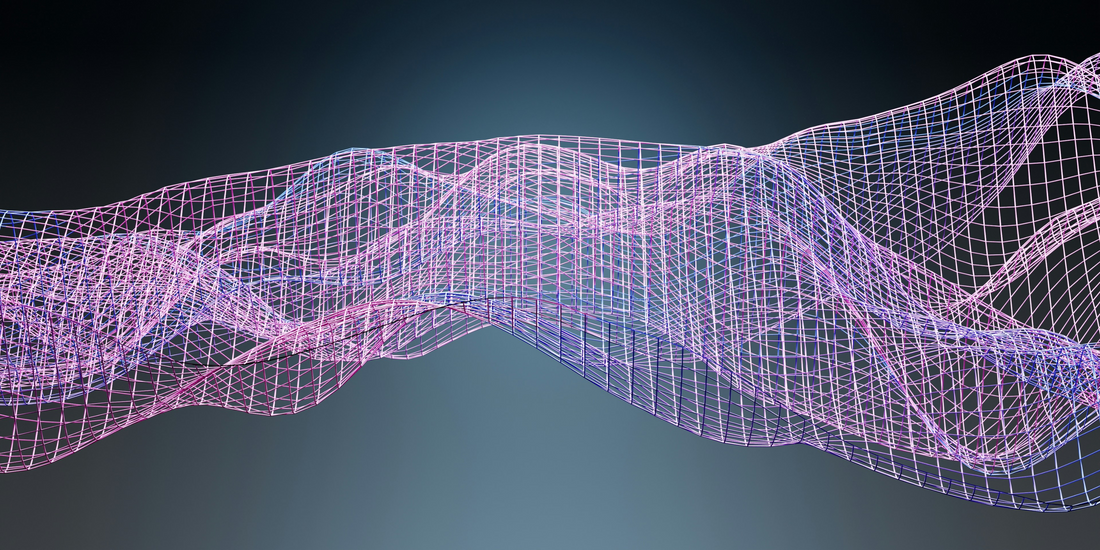
Understanding the difference between Analogue and Digital Signals
Share
In today's world, we often hear about analogue and digital signals, especially when discussing audio equipment like turntables, CD players, and tape decks. But what do these terms really mean, and why are they inherently incompatible? Let's explore these concepts in a simple and detailed way.
What Are Analogue Signals?
Analogue signals are continuous waves that represent physical phenomena. In the context of audio, these waves mimic the original sound waves produced by voices, instruments, or other sources. Here’s a closer look:
- Turntables: When a record spins on a turntable, the needle (stylus) picks up the grooves' vibrations. These vibrations are analogue signals that directly correspond to the sound recorded on the vinyl.
- Tape Decks: Cassette tapes store music as magnetic patterns. When played, the tape deck reads these patterns and converts them into analogue signals, which are then amplified to produce sound.
- CD Players: Although CDs store music digitally, the output from a CD player is often converted to analogue signals before being sent to speakers.
What Are Digital Signals?
Digital signals, on the other hand, are discrete numerical representations of sound. Unlike analogue signals, which are continuous and smooth, digital signals are composed of binary code—combinations of 0s and 1s. These numbers correspond to specific points in the audio wave, capturing precise details of the sound.
- Binary Code: At the heart of digital signals is binary code, a system of 0s and 1s. Each binary digit (bit) represents a piece of information. In audio, these bits are grouped together in chunks called samples, which describe the amplitude of the sound wave at a specific point in time.
- Sampling Rate: The sampling rate is the number of samples taken per second. A higher sampling rate means more samples and a more accurate representation of the original sound wave. CDs, for example, use a sampling rate of 44.1 kHz, meaning 44,100 samples per second. This rate is high enough to capture the nuances of human hearing.
- Bit Depth: Bit depth refers to the number of bits used in each sample. Higher bit depth allows for a greater range of values, resulting in better dynamic range and sound quality. CD audio typically uses 16-bit depth, providing 65,536 possible amplitude values for each sample.
- Error Correction: Digital signals can include error correction, which ensures that the data is accurately transmitted and received. This process helps to eliminate noise and distortion that can occur in analogue signals, resulting in cleaner and more precise audio reproduction.
This example gives an extreme case of low sample rate at just 6 digital samples per second to demonstrate the visible steps in a digital signal when converting from analogue. A2D2 Stream samples at 96,000 per second which, to the naked eye (and ear) would look and sound identical to an analogue wave with such high sampling rates.
The Inherent Incompatibility
The main reason analogue and digital signals are incompatible lies in their fundamental nature. Analogue signals are continuous and vary smoothly, while digital signals are discrete and stepwise. To the naked eye or ear, a digital signal may appear smooth, but if you were to zoom in to a microscopic level, you would see tiny steps in the wave. These steps are the individual samples that make up the digital signal, which differ fundamentally from the seamless flow of an analogue wave.
Why Analogue and Digital Need a Translator
To bridge this gap, we need a device that can convert analogue signals into digital ones and vice versa. This is where A2D2 Stream comes in. A2D2 Stream stands for Analogue-to-Digital Converter, a device that captures the continuous analogue waves from equipment like turntables, tape decks, and CD players and converts them into the digital format that modern wireless speakers and streaming devices can understand.
Examples of Analogue and Digital Incompatibility
- Turntable to Sonos Speakers: A turntable produces analogue signals from vinyl records. Sonos speakers, however, require digital signals to function over a WiFi network. Without a device like A2D2 Stream to convert these signals, your turntable and Sonos speakers can't communicate.
- Tape Deck to Chromecast Audio: Similar to turntables, tape decks output analogue signals from cassette tapes. Chromecast Audio needs digital input to stream music wirelessly. A2D2 Stream converts the analogue output from the tape deck into a digital signal suitable for Chromecast.
- CD Player to AirPlay: While CDs store music digitally, the output from a traditional CD player is often analogue. AirPlay speakers require a digital signal. A2D2 Stream handles this conversion, ensuring that your CD player can stream music to your AirPlay speakers without any compatibility issues.
Bringing Analogue and Digital Together
The innovation of devices like A2D2 Stream has revolutionised how we enjoy music. By converting analogue signals into digital ones, A2D2 Stream enables us to connect classic audio equipment to modern wireless systems seamlessly. This means you can enjoy the warm, authentic sound of vinyl records, cassette tapes, and CDs with the convenience of wireless streaming.
